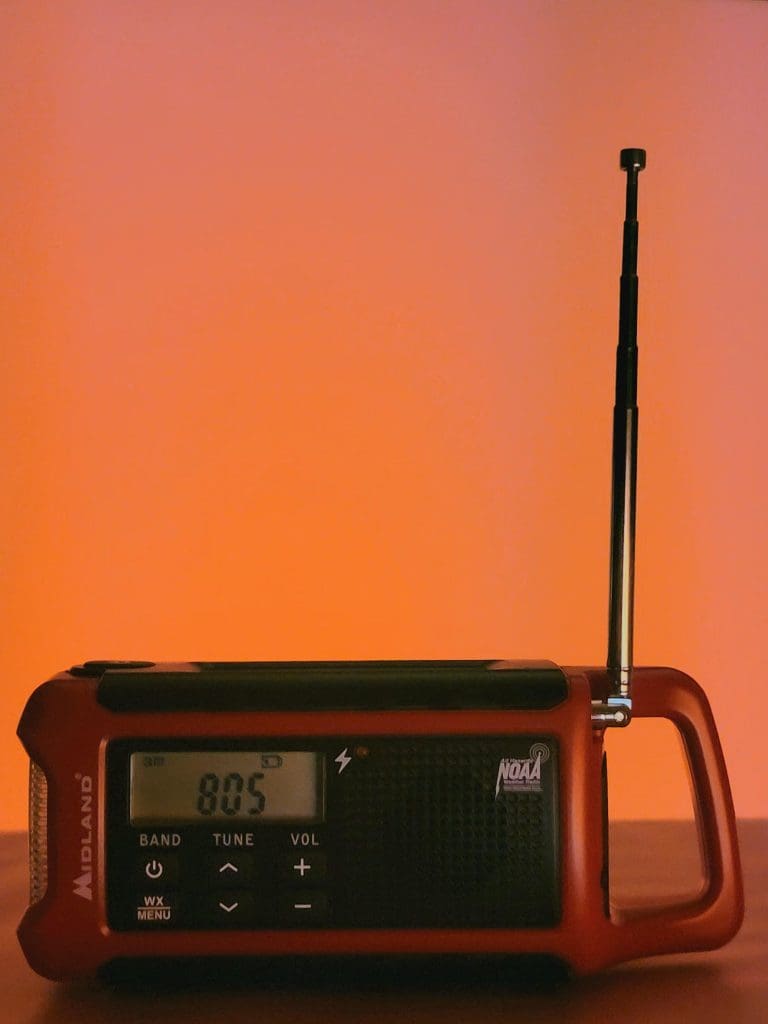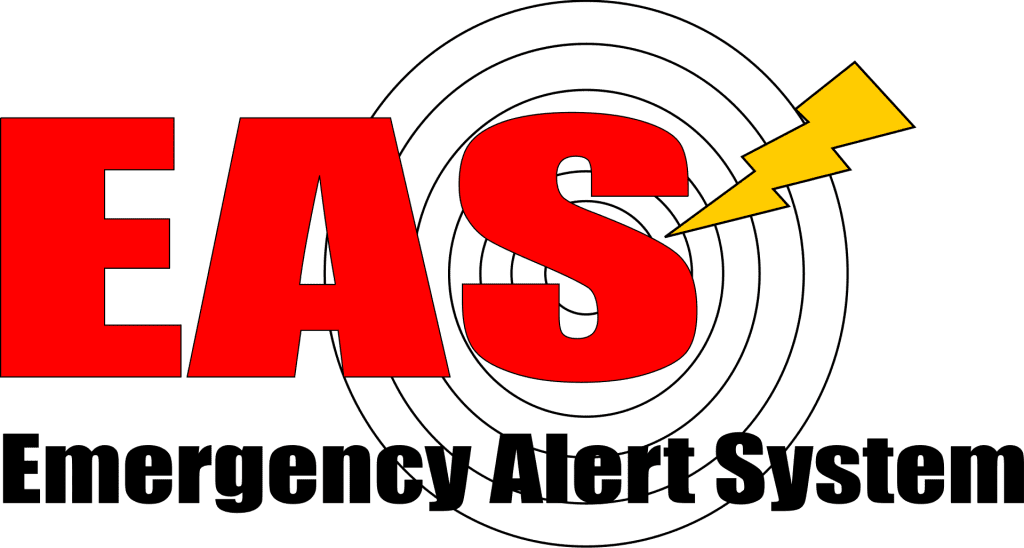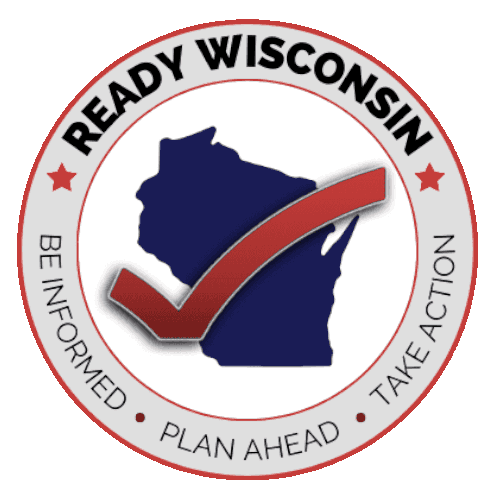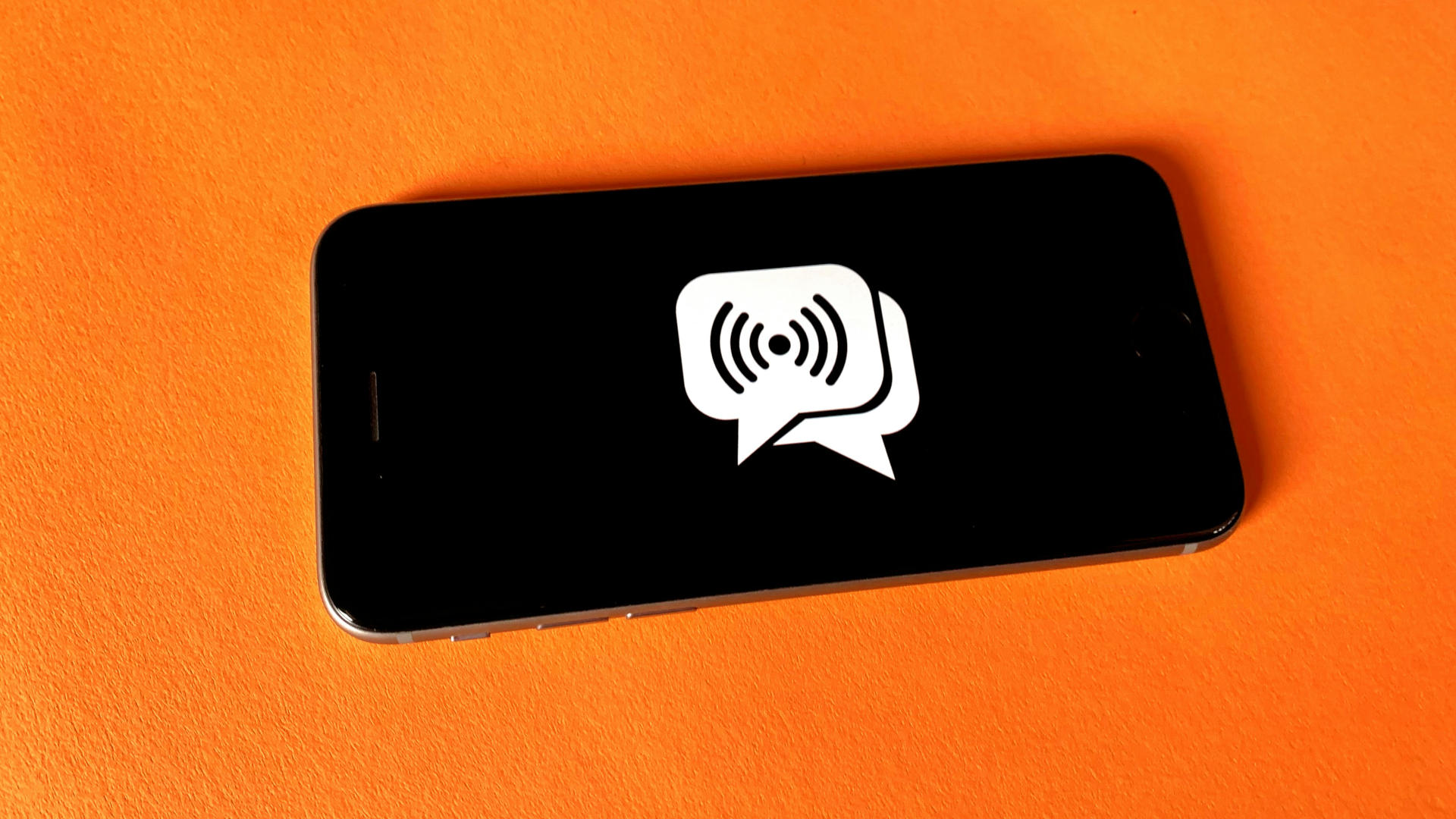When emergencies strike, public safety officials and the National Weather Service use timely and reliable systems to alert you.
If you receive an alert on your phone, TV or radio, follow the instructions in that message. Local officials may also issue instructions during or after an incident.
Alerts can be a watch, advisory, or warning.
- During a watch, be prepared. A hazard may occur in your area or nearby.
- During an advisory or statement, officials want you to be aware. A hazard is expected to occur in your area or nearby, but its impact is not expected to be life-threatening.
- During a warning, take action. A hazard is expected to occur or is already happening in your area or nearby. Its impact may be serious.

Wireless Emergency Alerts (WEAs)
Wireless Emergency Alerts, or WEAs, are free messages sent directly to your cellular phone. These alerts notify you about severe weather, AMBER Alerts, and threats to public safety. These messages are sent by authorized agencies to cellular phones in geographically targeted areas.
The unique sound and vibration (Common Audio Attention Signal and Vibration Pattern) you receive when a WEA is sent are prescribed in Part 10 of the Code of Federal Regulations for use in Alert messaging only.
Customers are not charged for the delivery of WEA messages and the alerts resemble a text message.
WEAs can save lives. Do not ignore the messages. They contain basic information to notify you about a threat. If you receive a WEA, seek additional information from trusted sources, such as government agencies or local radio and TV stations.
To make sure you are receiving WEAs:
- Check the settings on your mobile device
- Older phones may not be capable of receiving WEAs and some phone models require you to enable WEAs.
- Some mobile service providers call these messages “Government Alerts” or “Emergency Alert Messages.”
- If you are not receiving WEA messages, check with your wireless provider to see if they can resolve the issue.
- All major phone providers and some smaller providers participate in WEA
- To provide comments or concerns about WEAs sent in your area contact local officials directly.
Emergency Alert System
The Emergency Alert System, or EAS, is a national public warning system that allows the president to address the nation during a national emergency. State and local authorities may use the system to deliver important emergency information such as weather, imminent threats, AMBER Alerts, and local incident information to specific areas.

- The EAS is sent through broadcasters, satellite digital audio services, direct broadcast satellite providers, cable television systems, and wireless cable systems
- The President of the United States has sole responsibility for determining when the national-level EAS will be activated. FEMA and the FCC are responsible for national-level tests and exercises.
- The EAS is also used when all other means of alerting the public are unavailable.
NOAA Weather RADIO
A NOAA Weather Radio All Hazards (NWR) is a nationwide network of radio stations broadcasting continuous weather information directly from the nearest National Weather Service office. NWR broadcasts official Weather Service warnings, watches, forecasts, and other hazard information 24 hours a day, 7 days a week.
Working with the Federal Communication Commission’s (FCC) Emergency Alert System, NWR is an “All-Hazards” radio network, making it your single source for comprehensive weather and emergency information.

NWR requires a special radio receiver or scanner capable of picking up the signal.
There are more than three dozen NWR Transmitters for Wisconsin.

